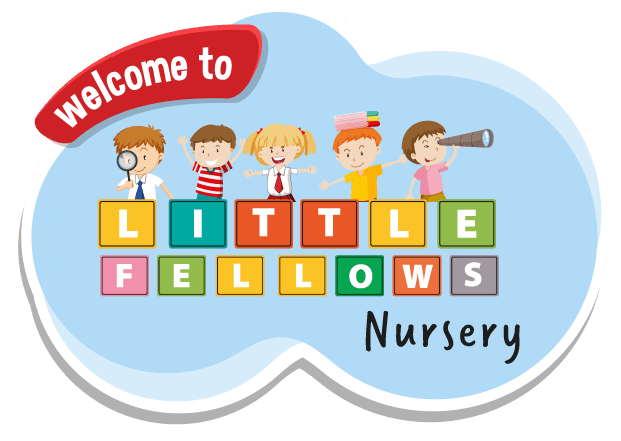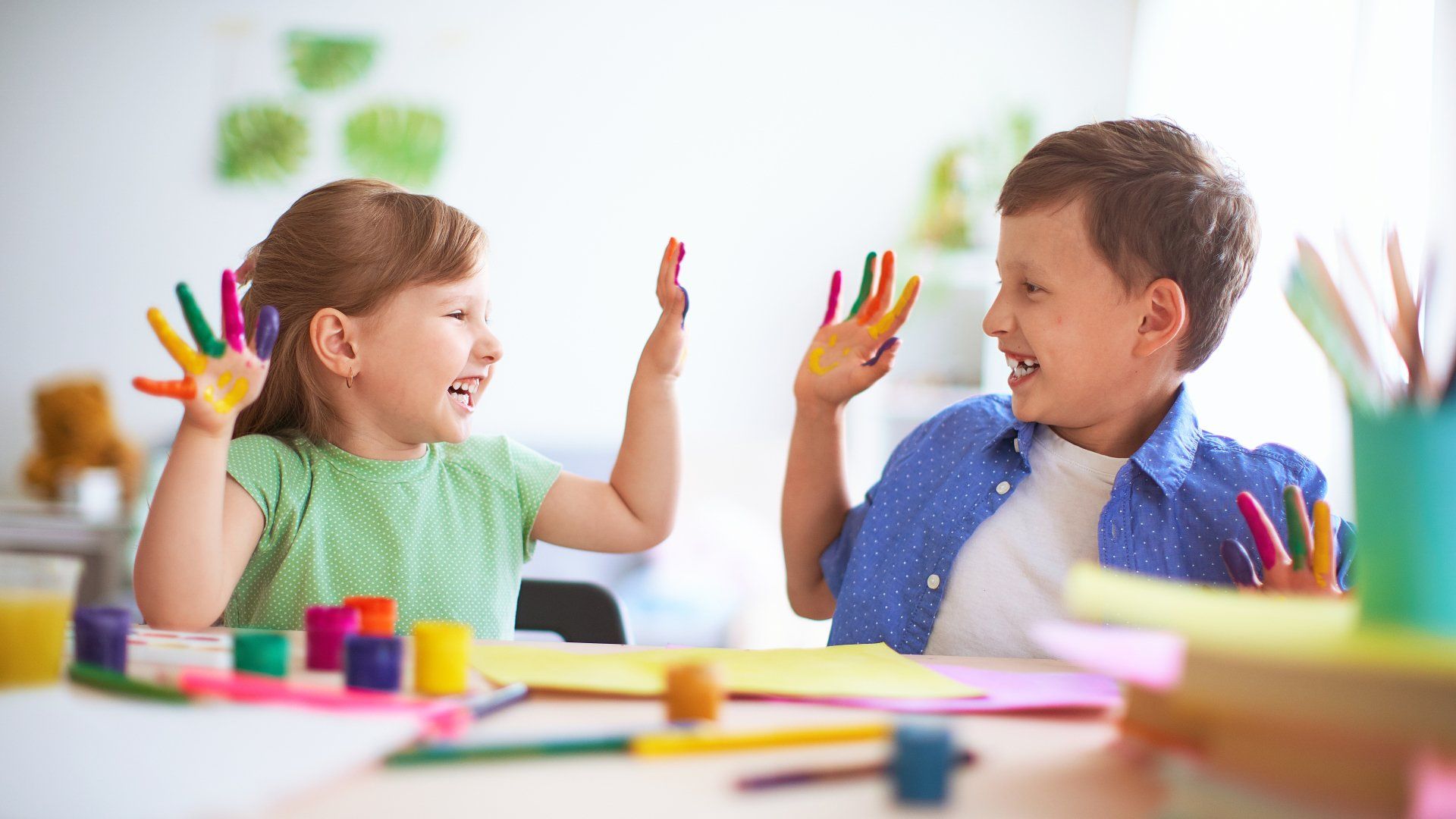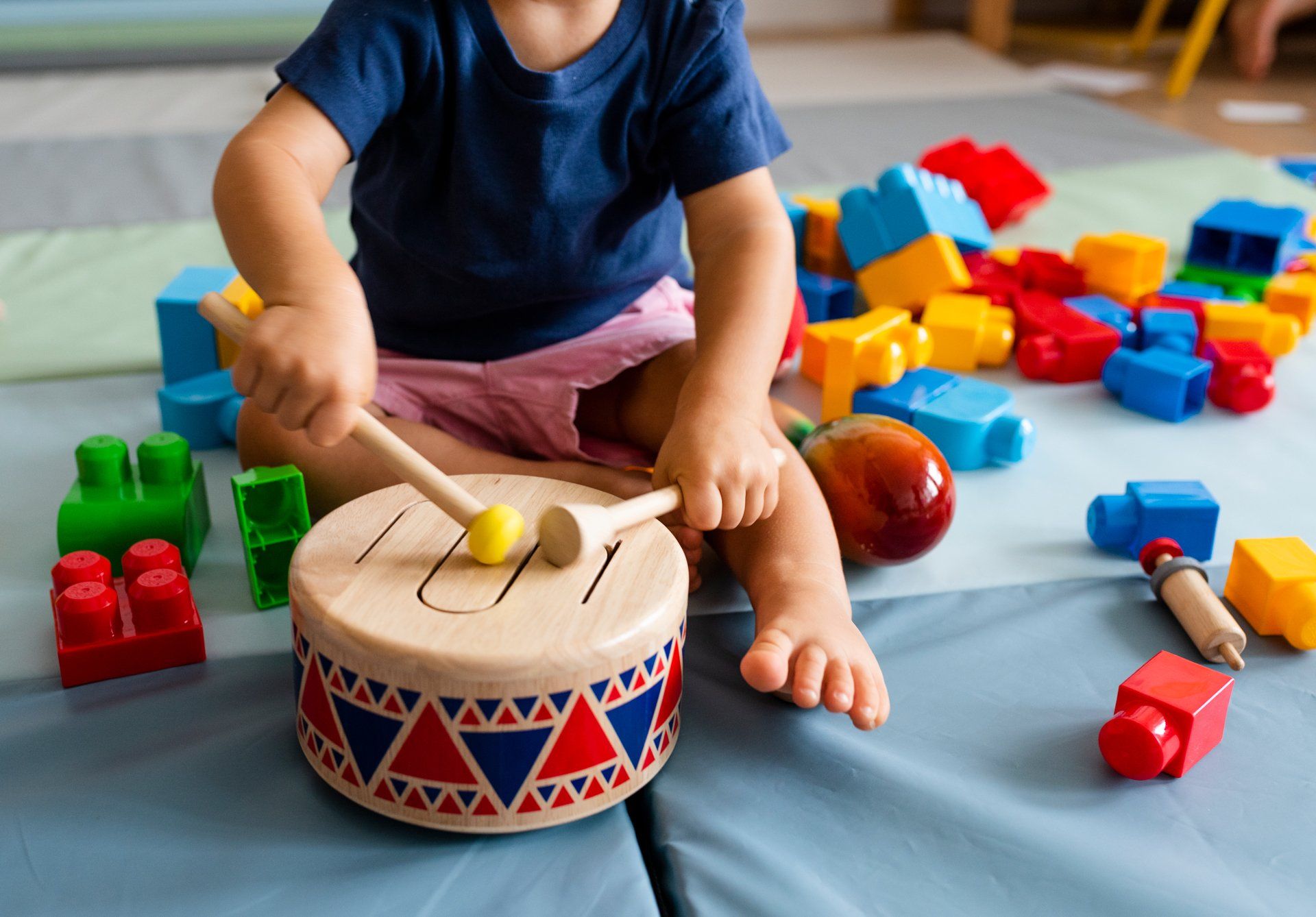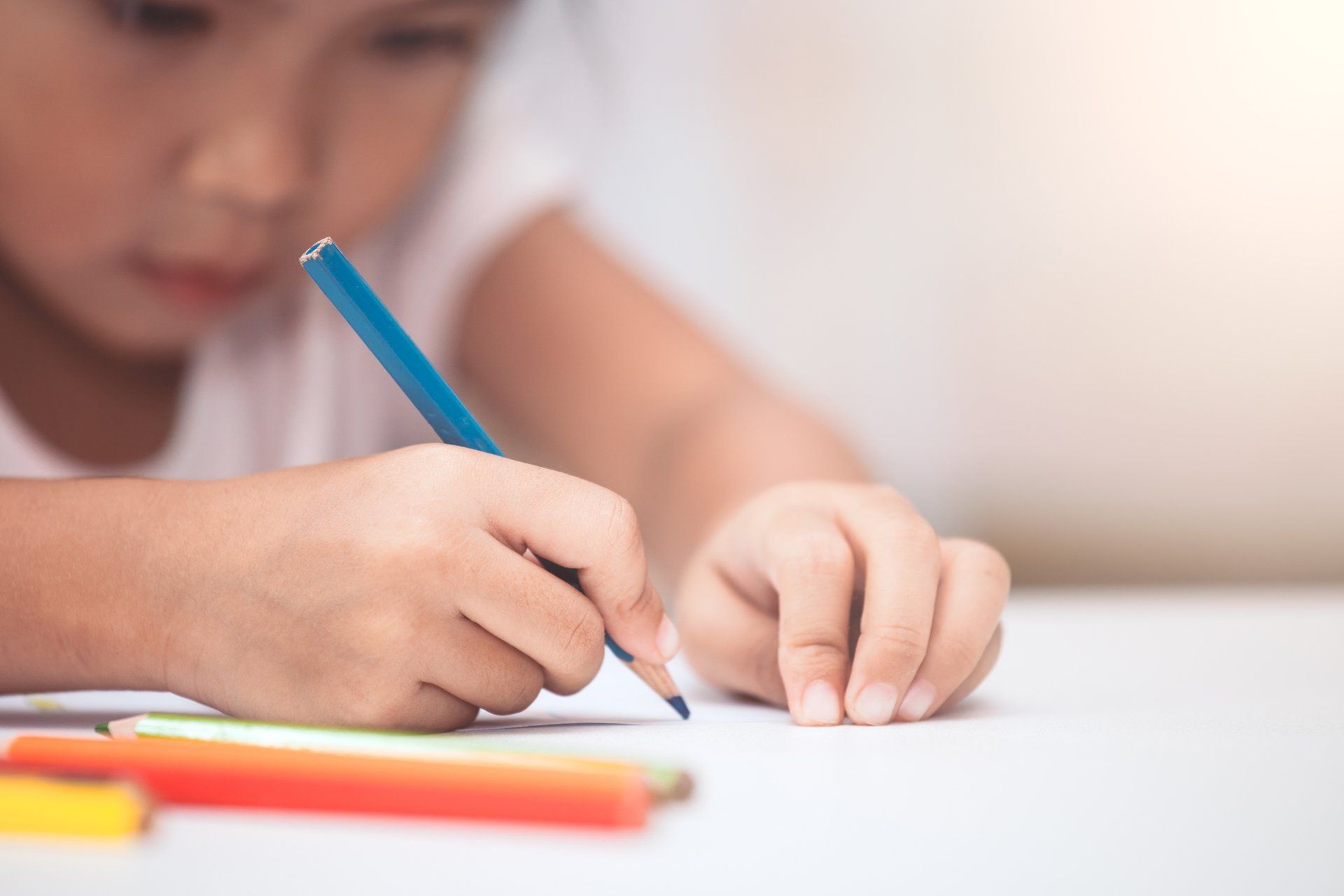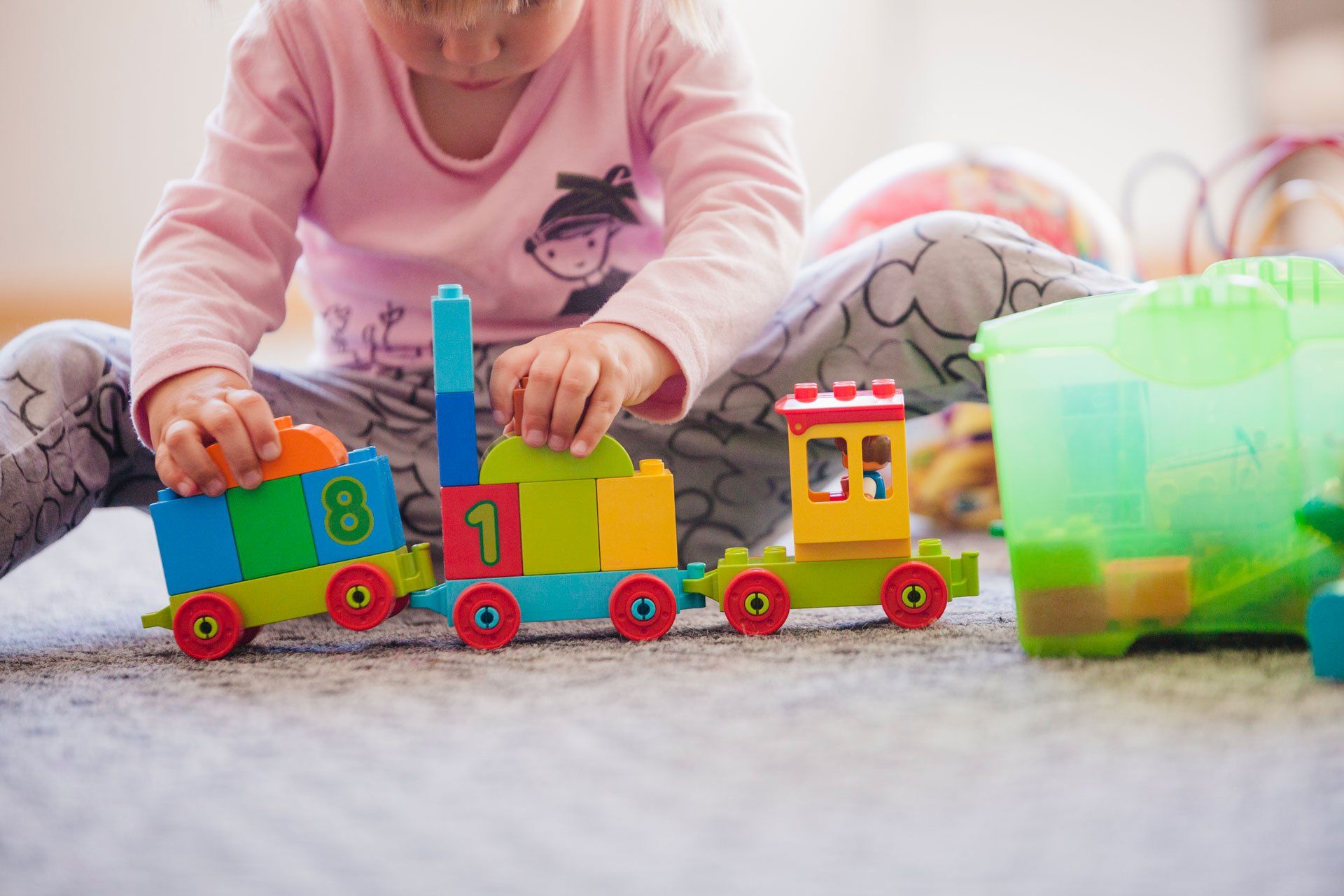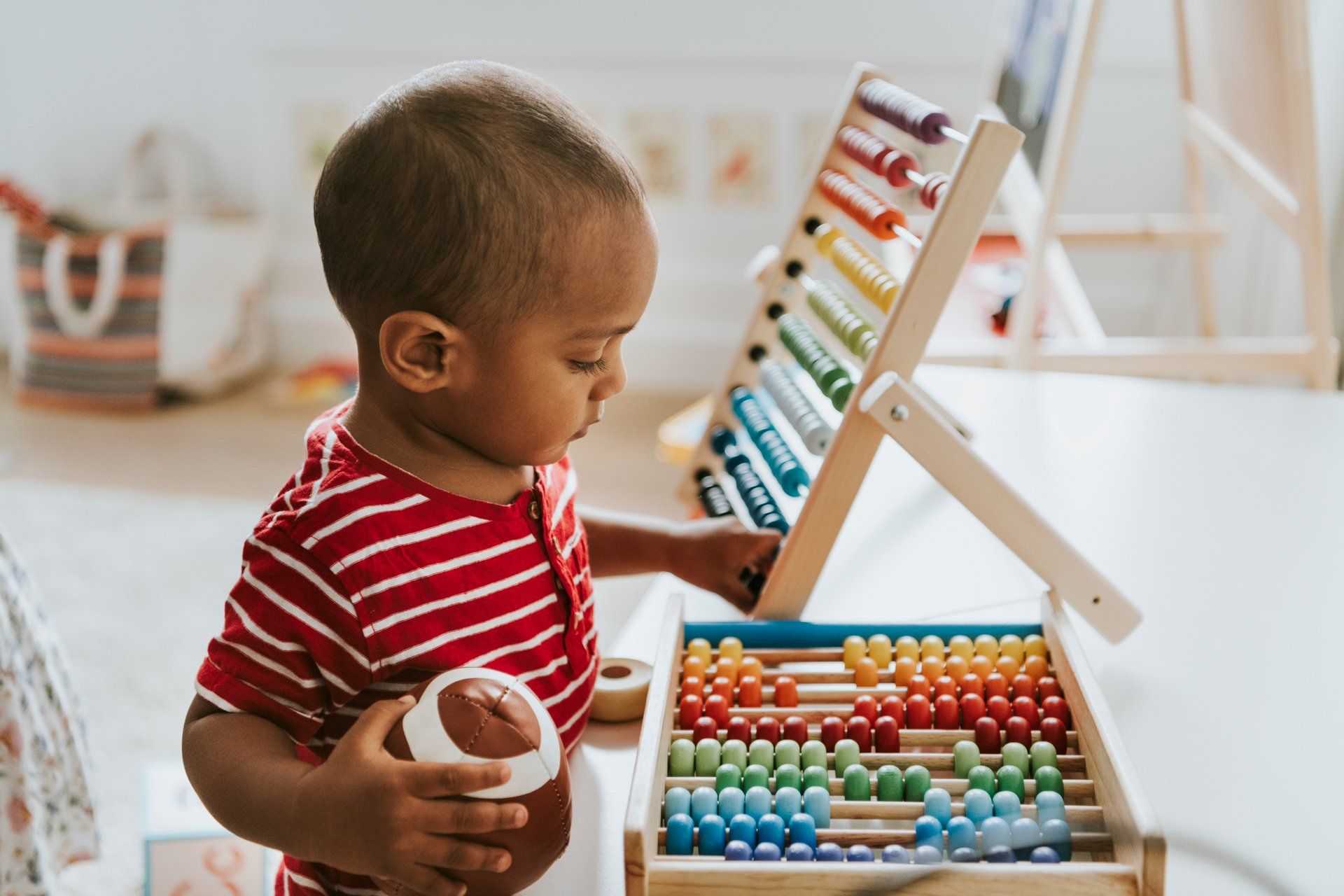Communication and Language
We provide activities related to language acquisition through circle time where children learn to listen and discuss various topics of interest e.g. the weather, the days of the week and their own personal experiences. In addition, songs and rhymes where children acquire vocabulary and rhythm through familiar and new nursery songs and rhymes.
Literacy
We provide activities related to literacy through the book corner where children can select a variety of books, sharing stories at circle time throughout the day, five books of the week that staff consistently read on a daily basis and writing areas with a variety of mark making equipment including shaving foam and cornflour.
Understanding the World
We aim to introduce and extend the children's knowledge and understanding of science and the world around them by exploring natural materials and their properties e.g. sand, water and clay. We encourage outdoor pursuits through visits to the library and local shops and invite members from the local community such as a fire-fighter, police officer and dentist for talks and presentations to encourage personal and social awareness. We also introduce IT technology which opens up various avenues of learning.
Expressive Arts and Design
We encourage expressive arts and design through storytelling, drama, role play, music and movement, drawing and painting with various medium, design and technology where children learn to use various tools like the scissors, glue spreaders and cello tape to create two- and three-dimensional models. Clay/playdough is also used to help children learn how to sculpt and develop a sensorial approach to learning.
Little Fellows Day Nursery
Unit 5 Sanderson Building
Wilkinson Close
Cricklewood
NW2 6GR
0204 503 5683
Contact Us
We will get back to you as soon as possible
Please try again later
